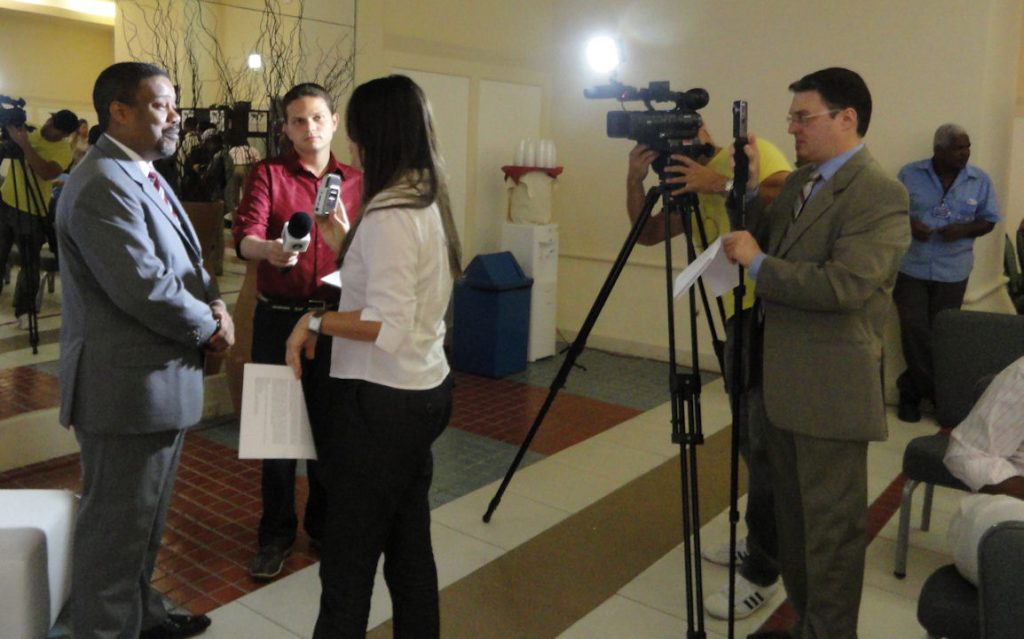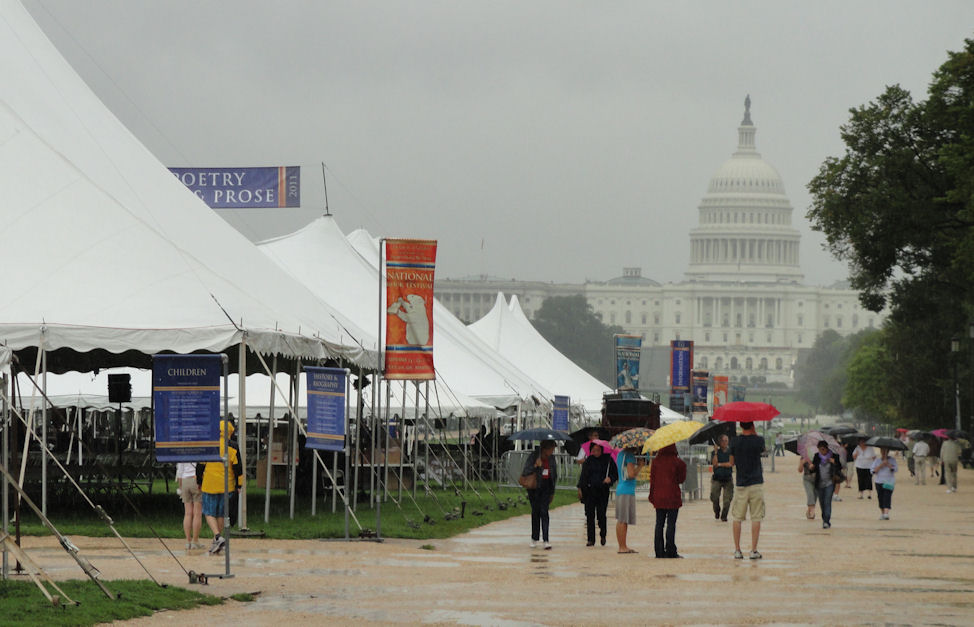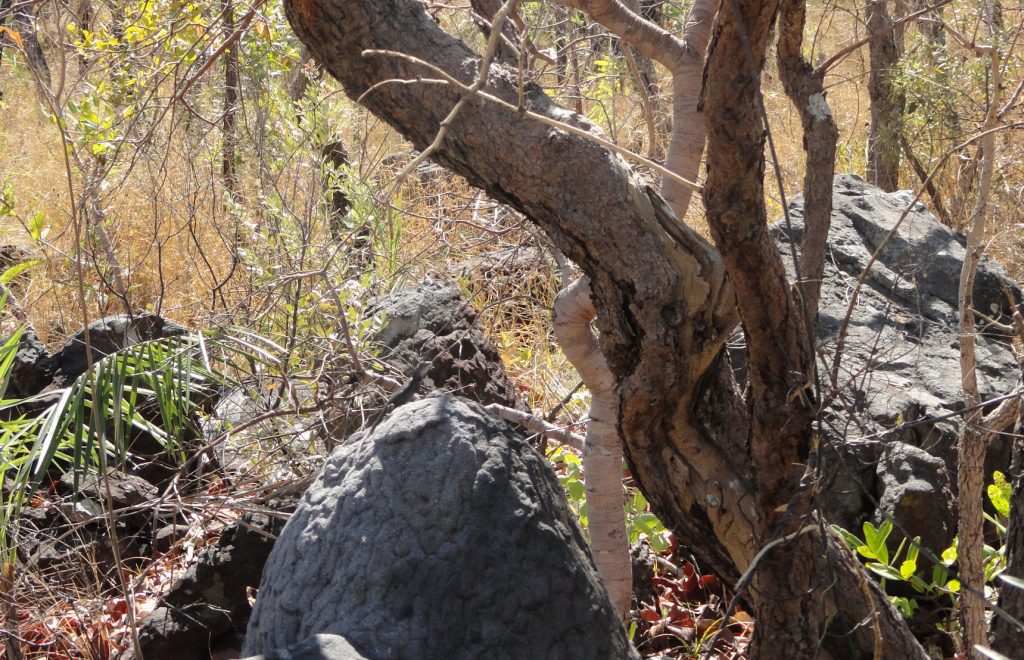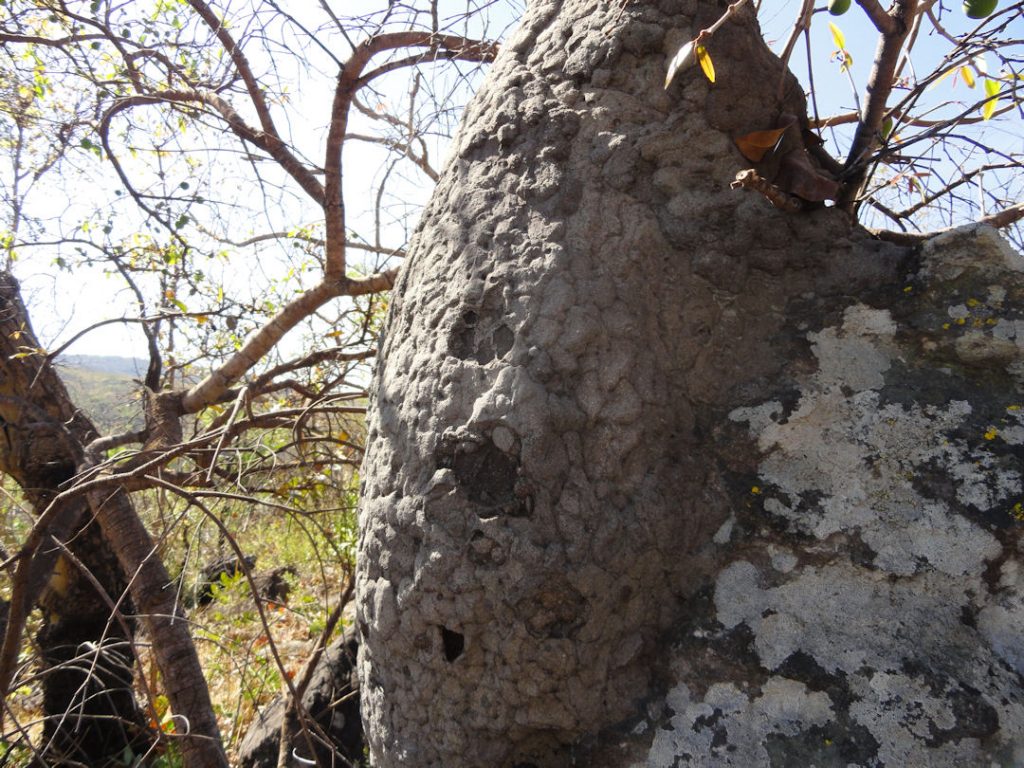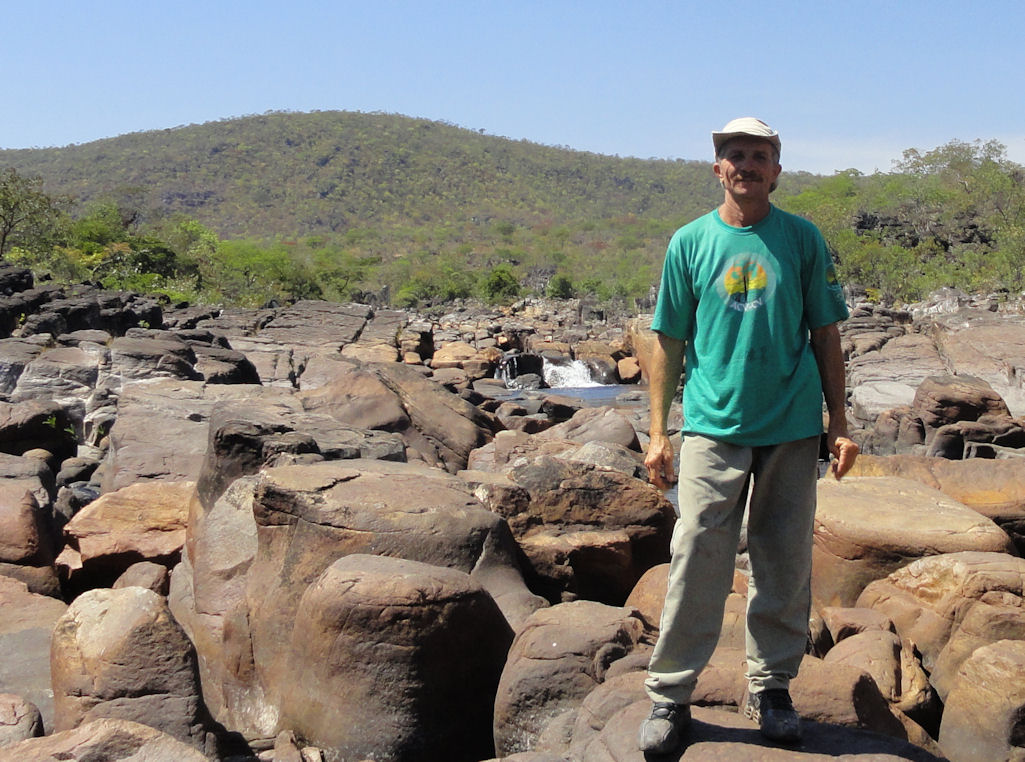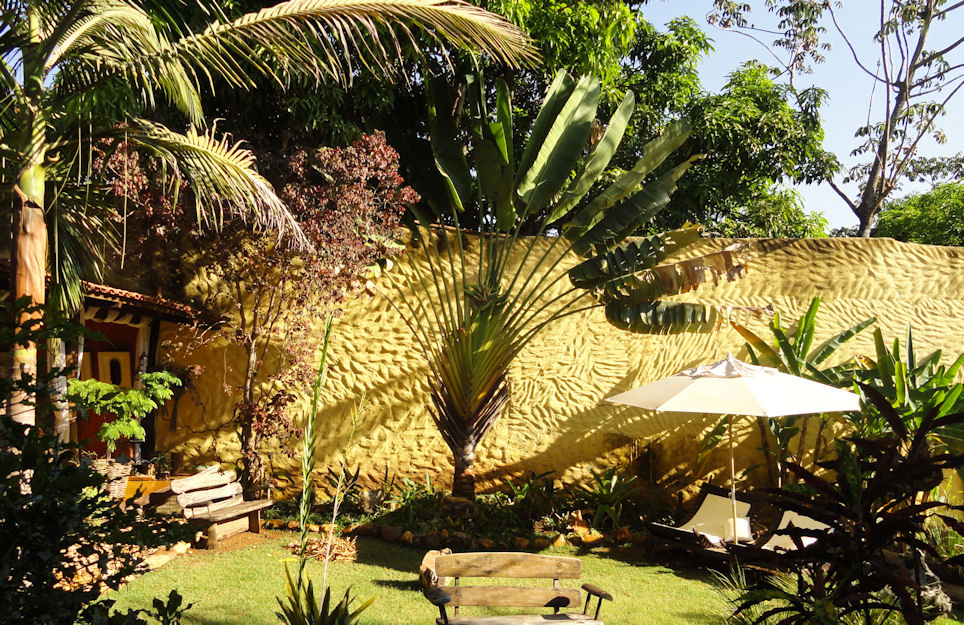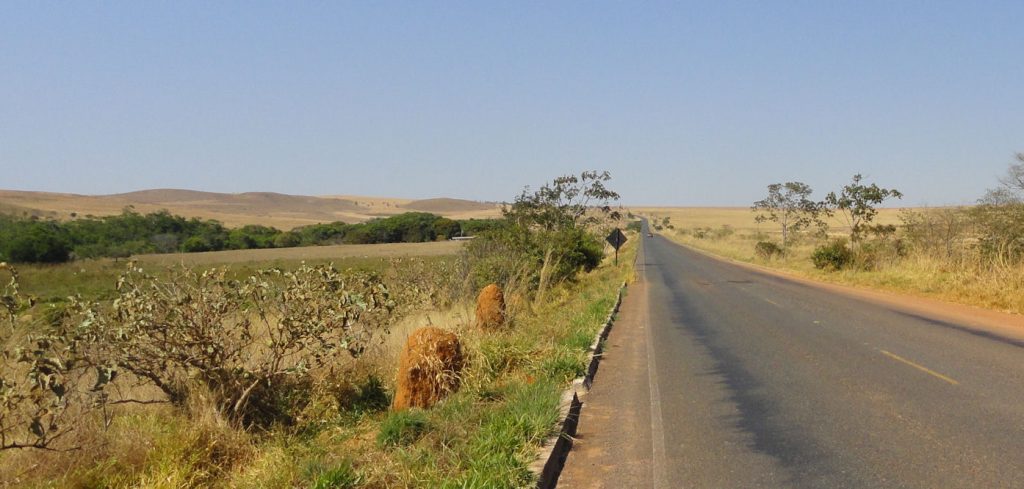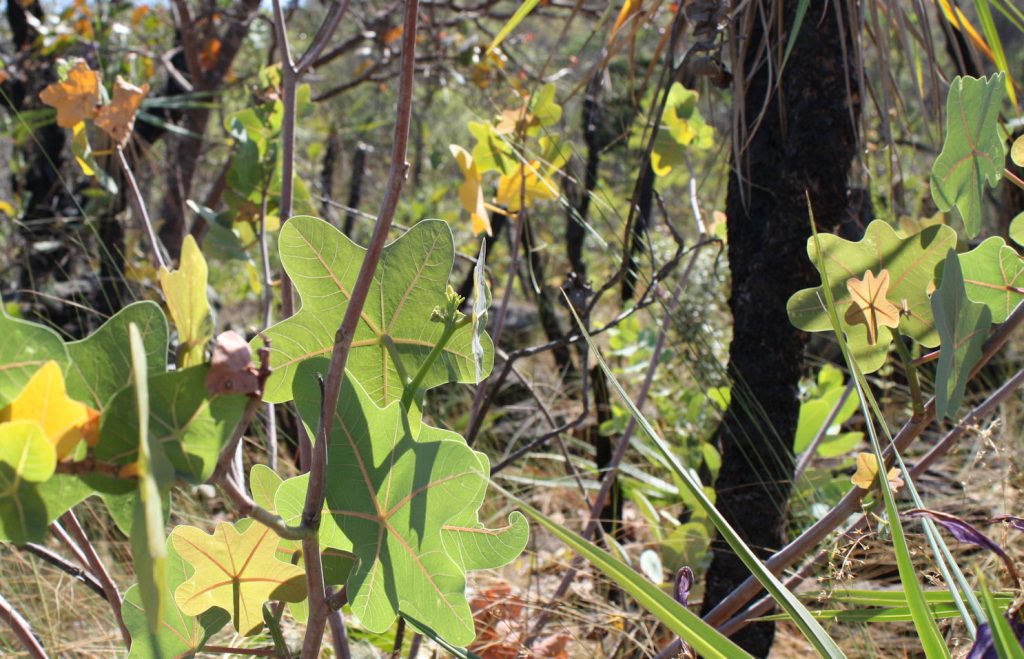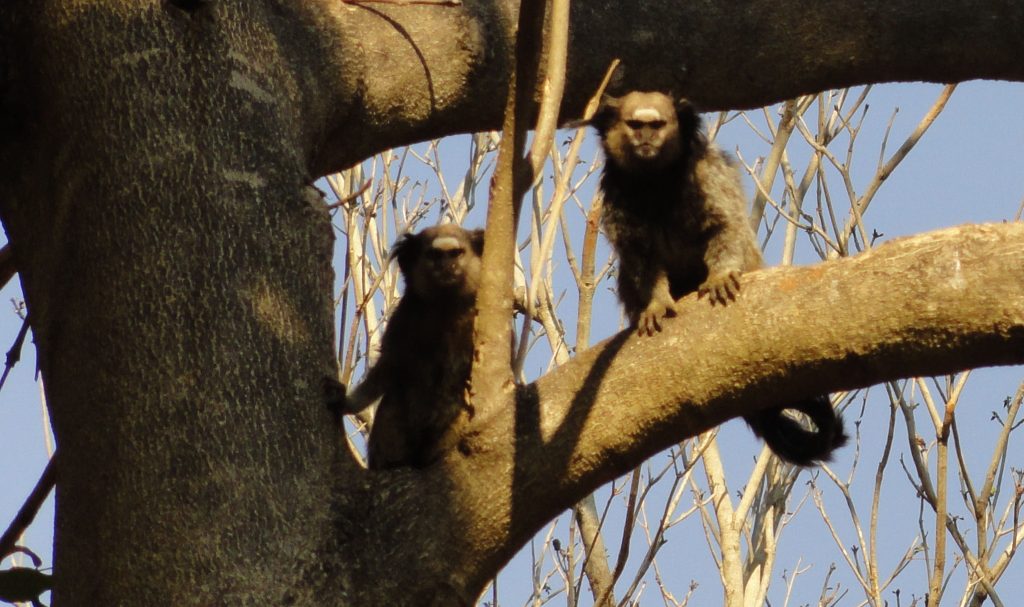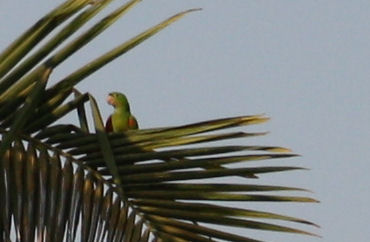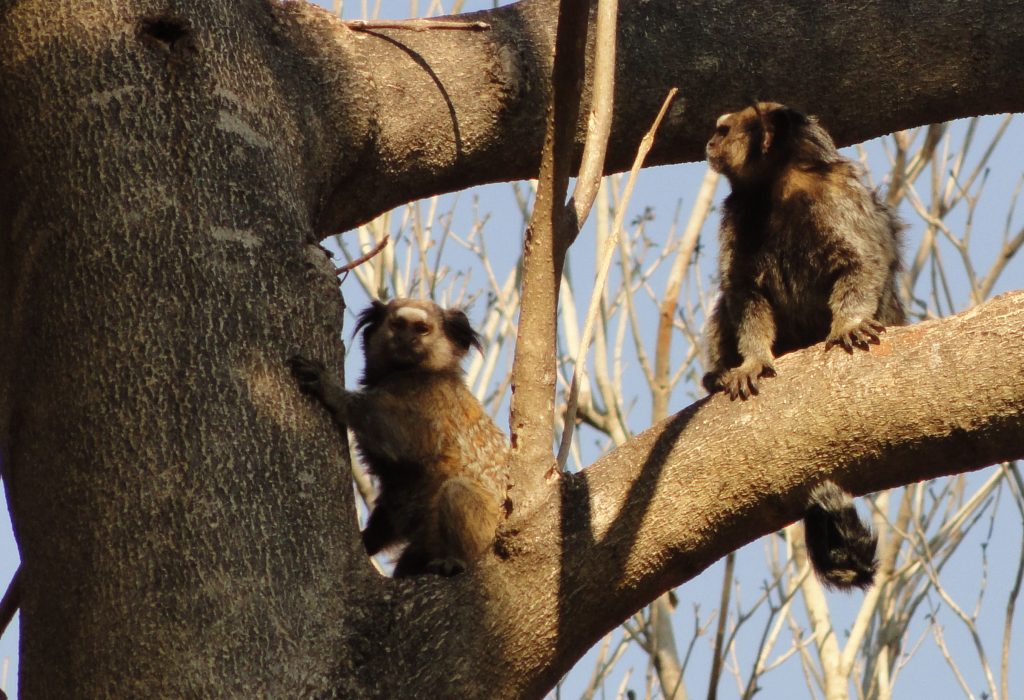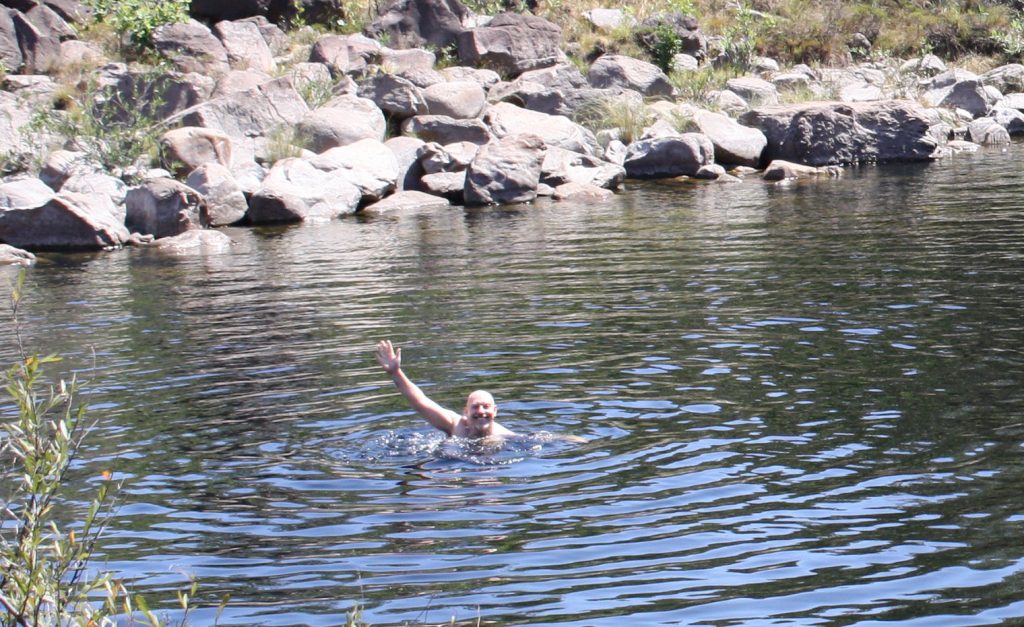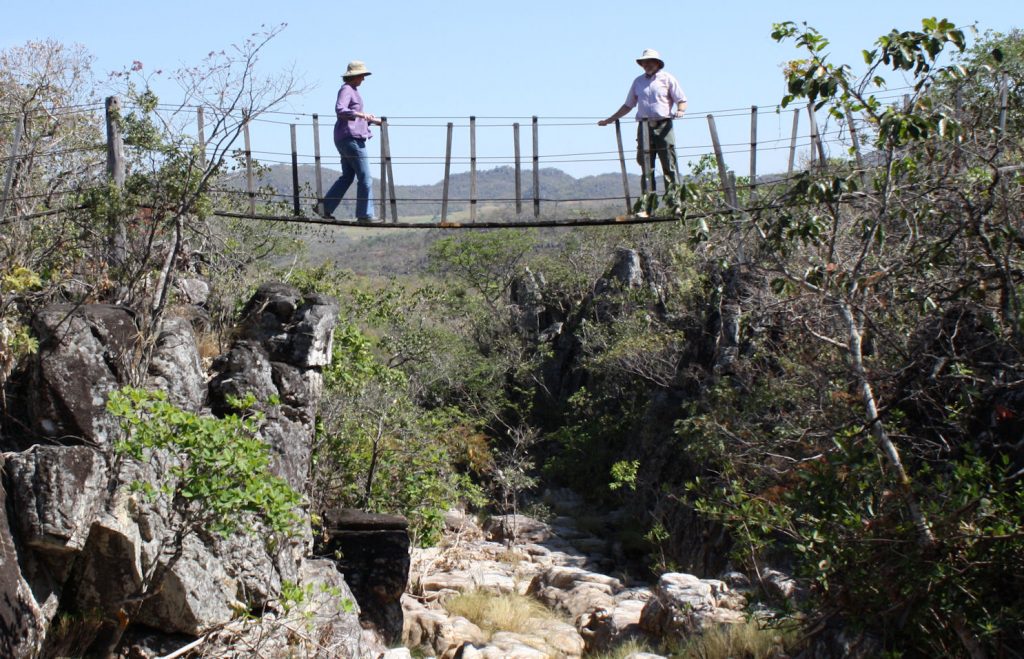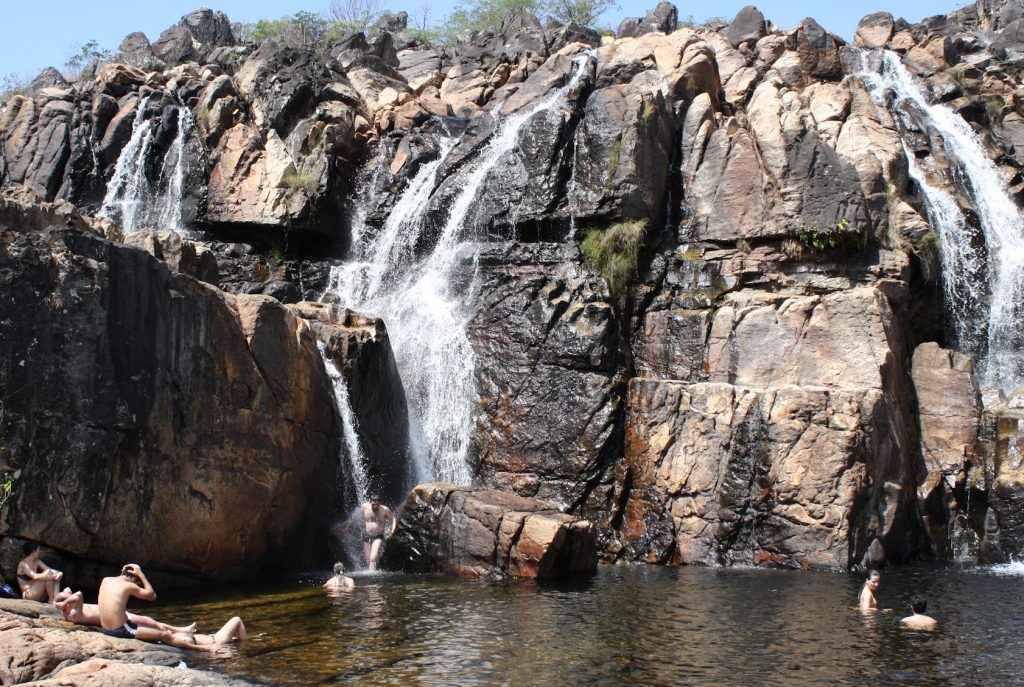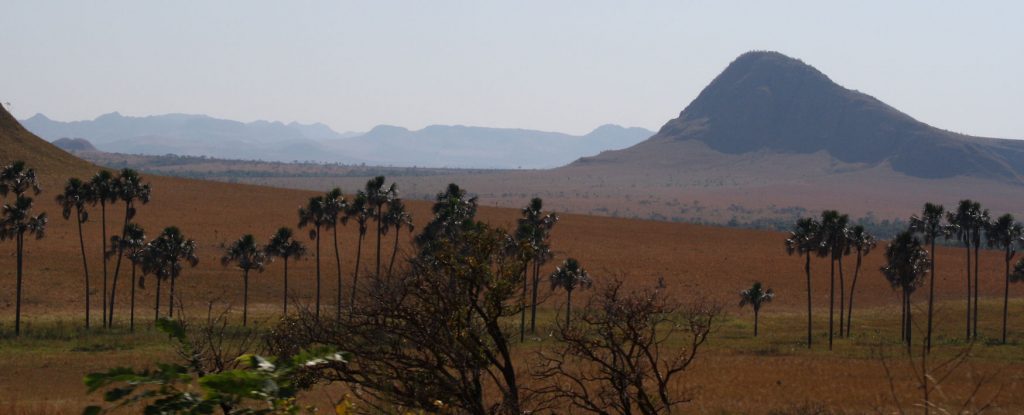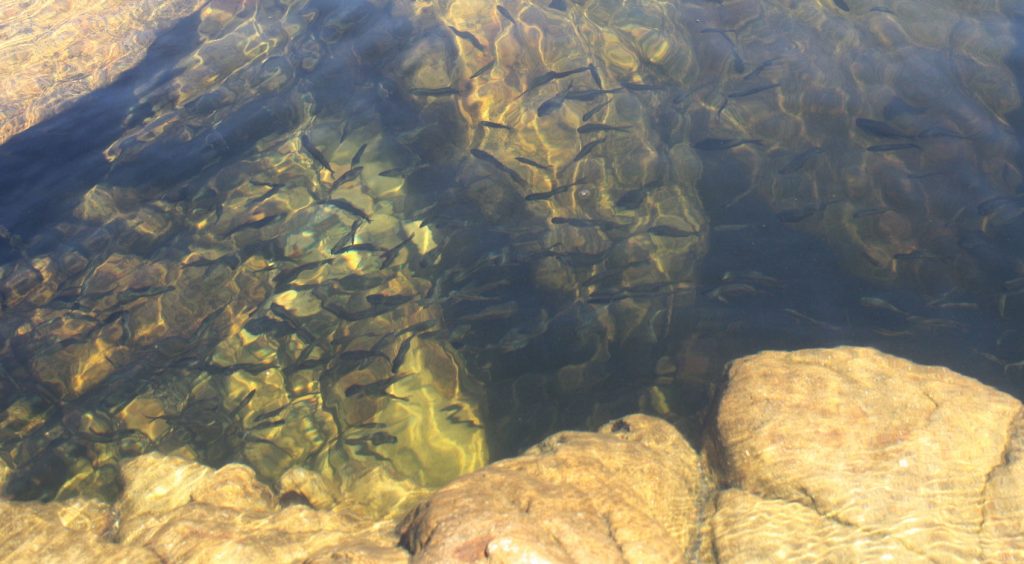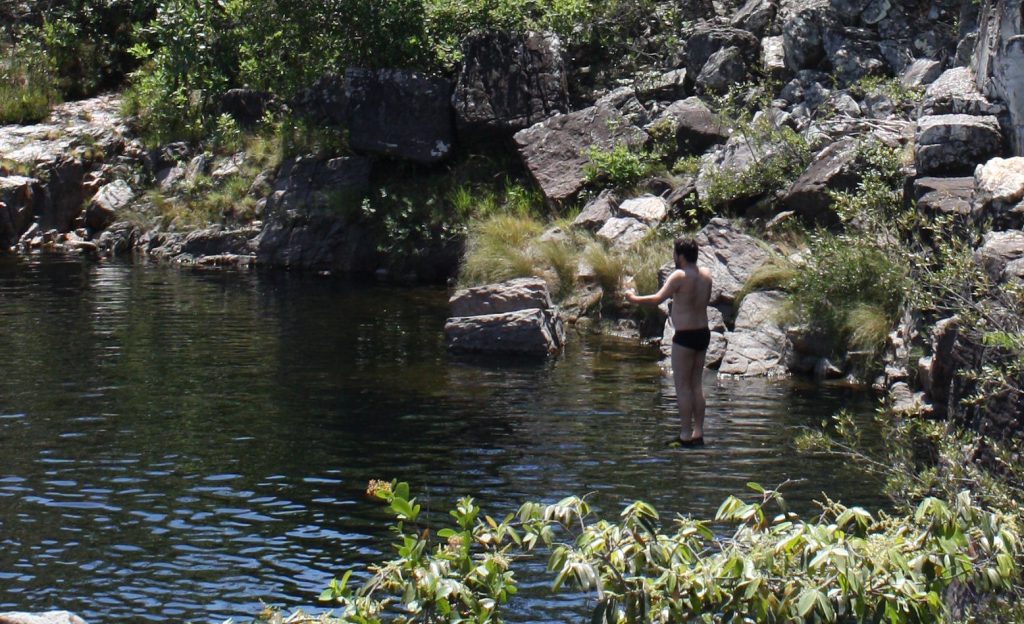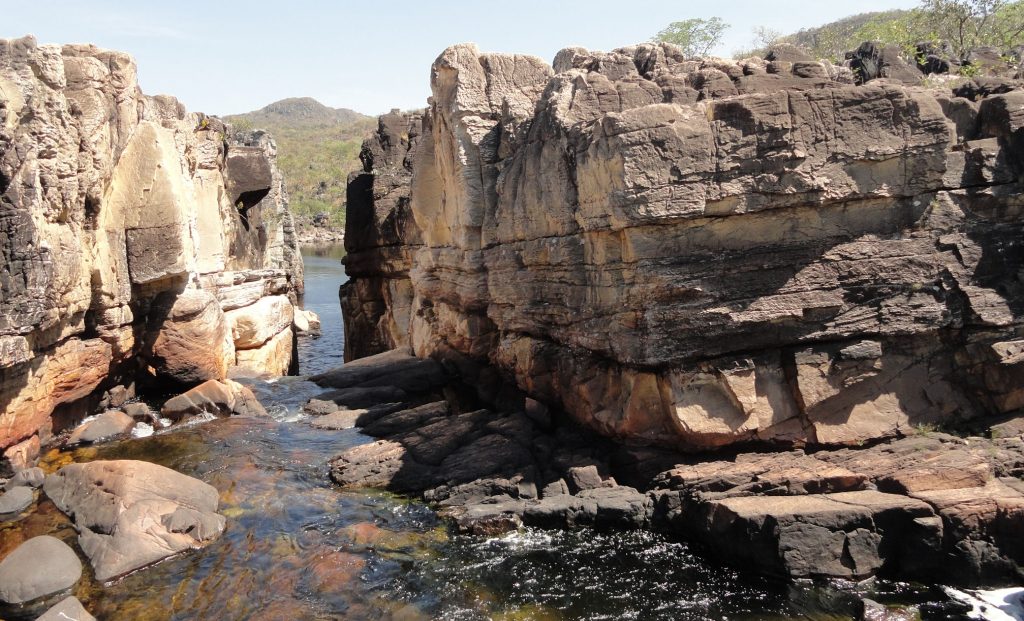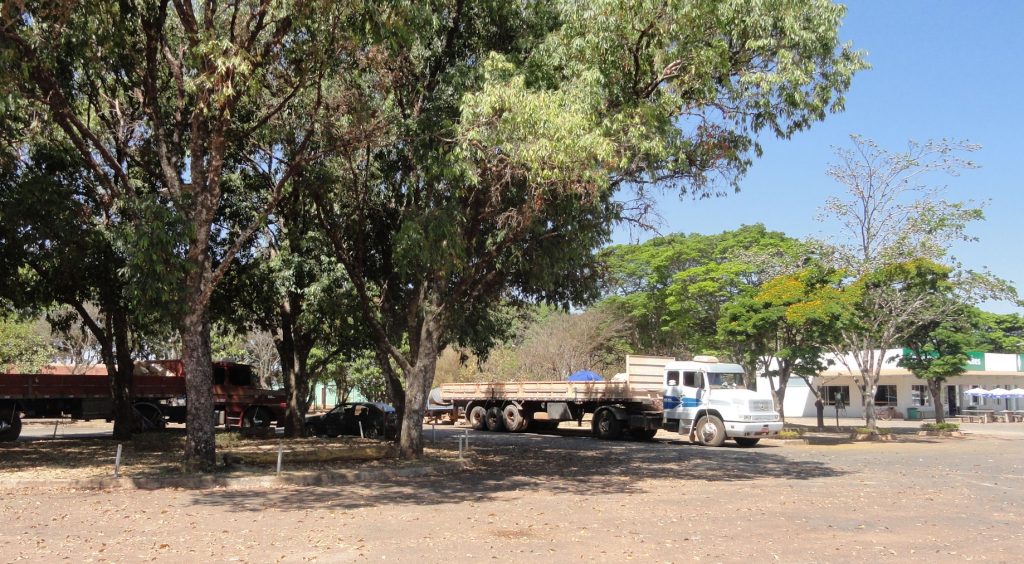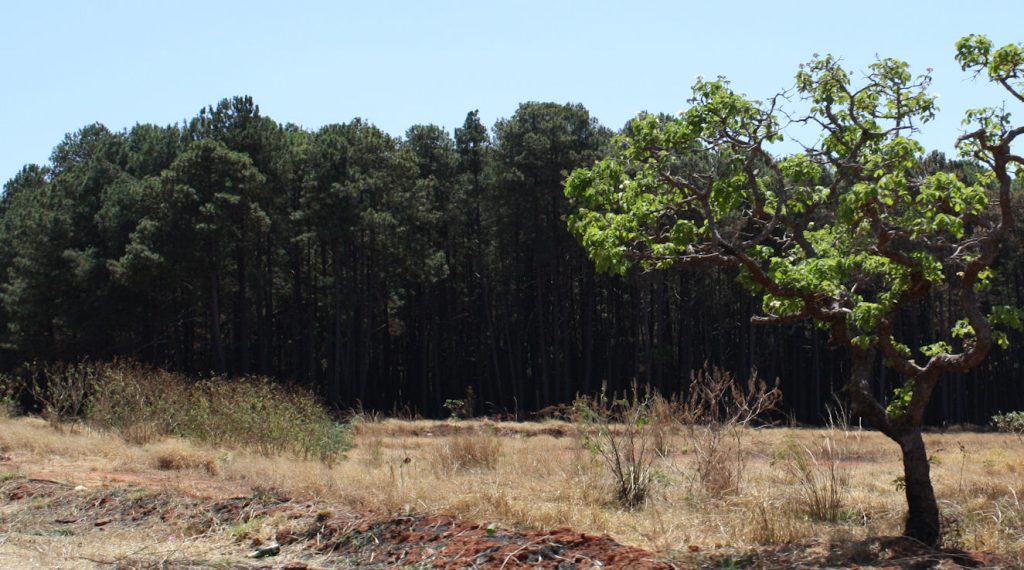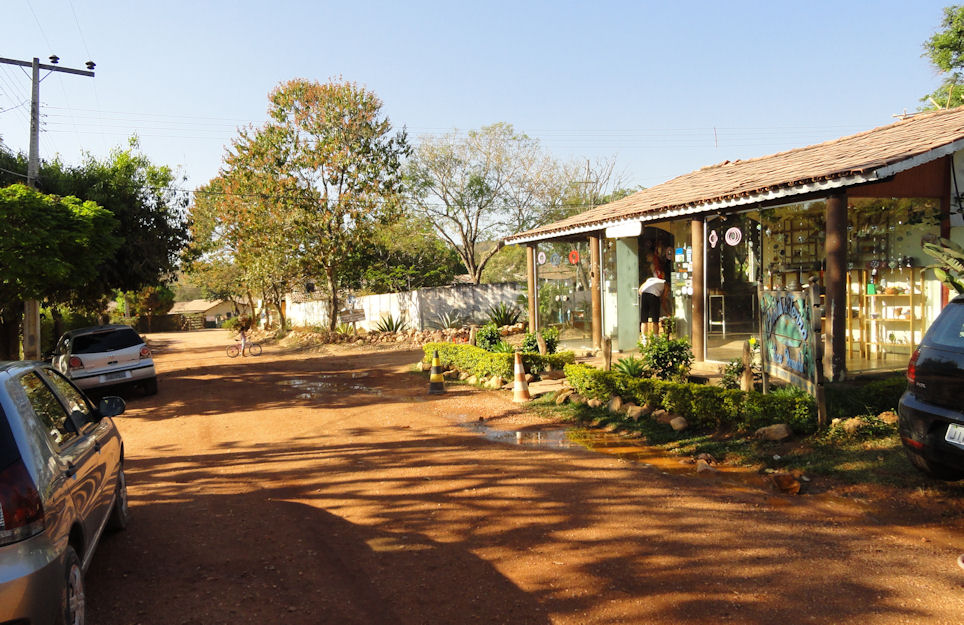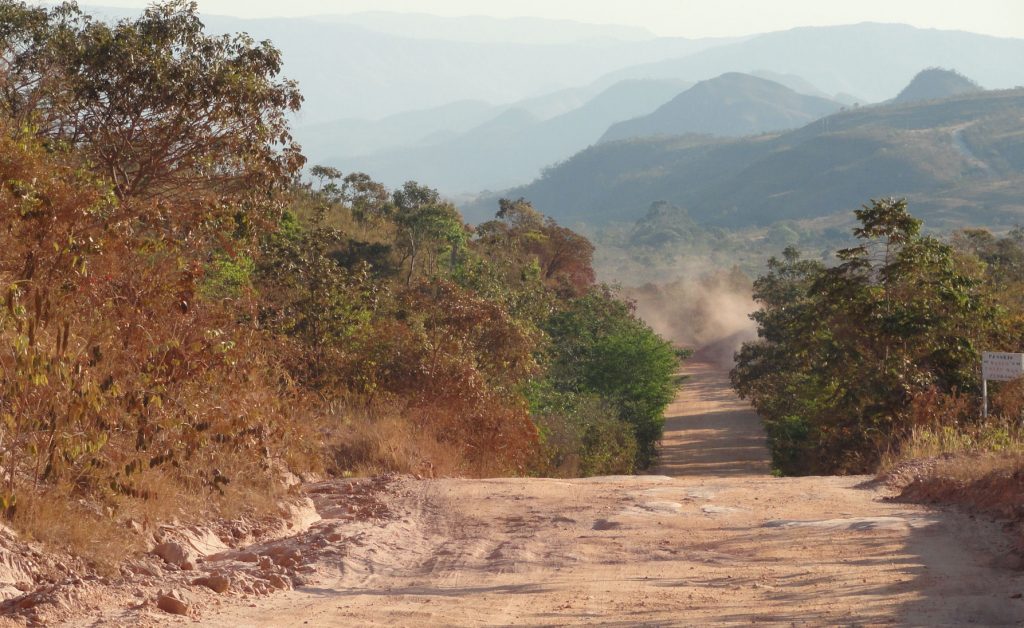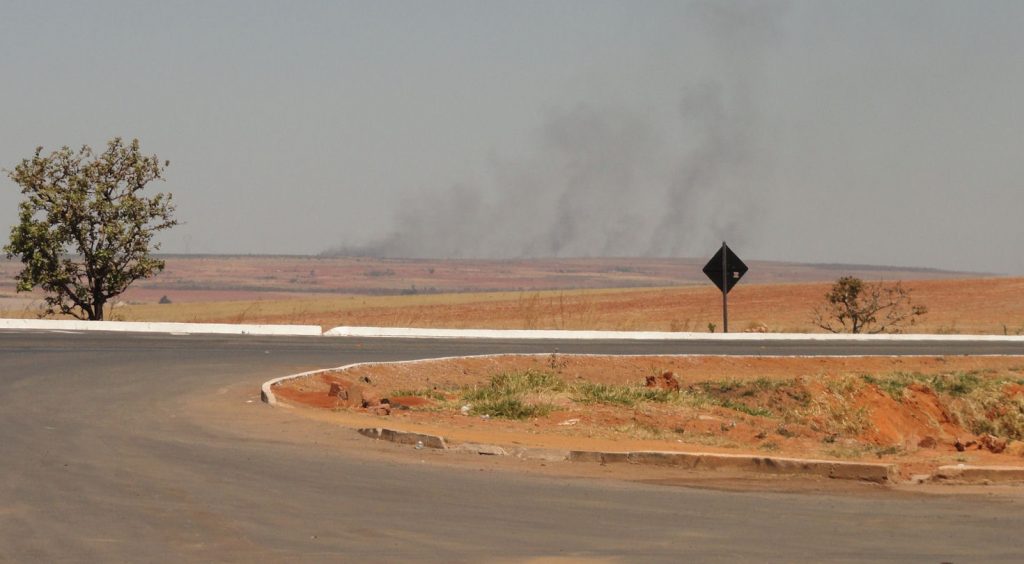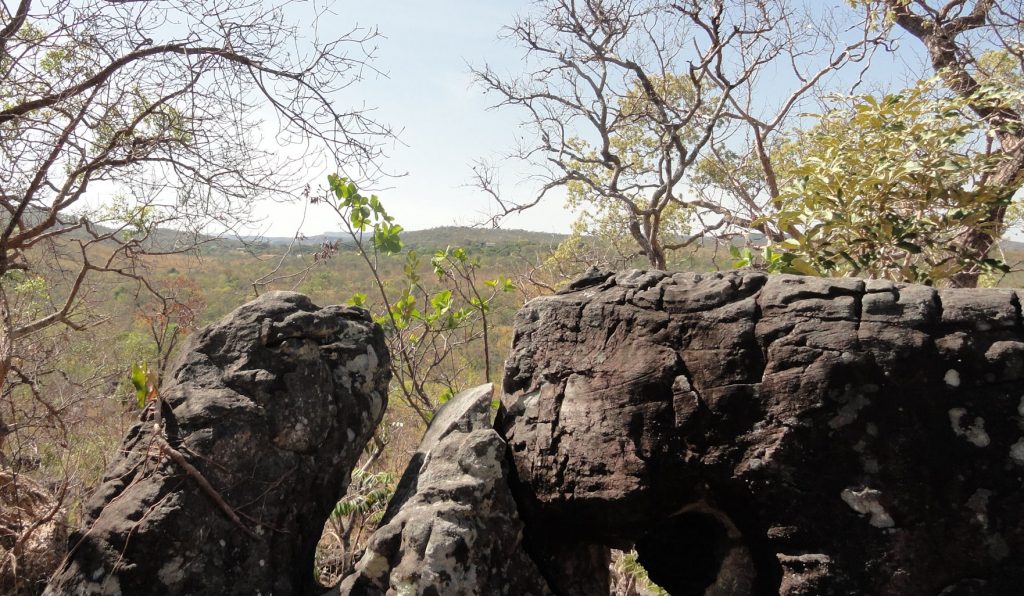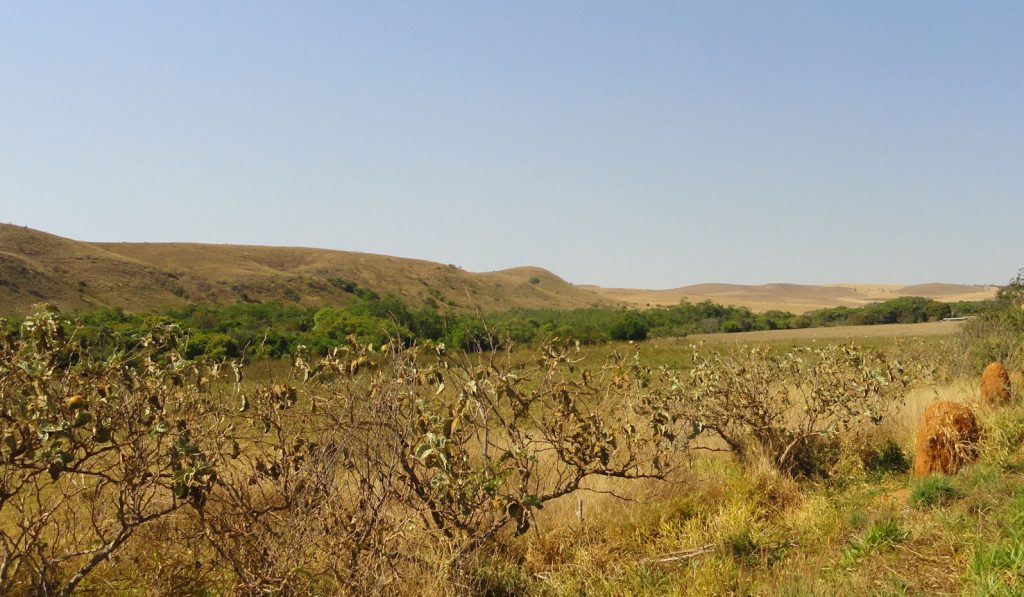
I visited the Poet today. I guess the call him THE Poet, using the definite article and implicitly capitalizing the P because he is the only one in the area.
He is not one of those dour poets. No, this guy is bright, cheerful and open. He celebrates nature and nature’s bounty and lives in and of nature.
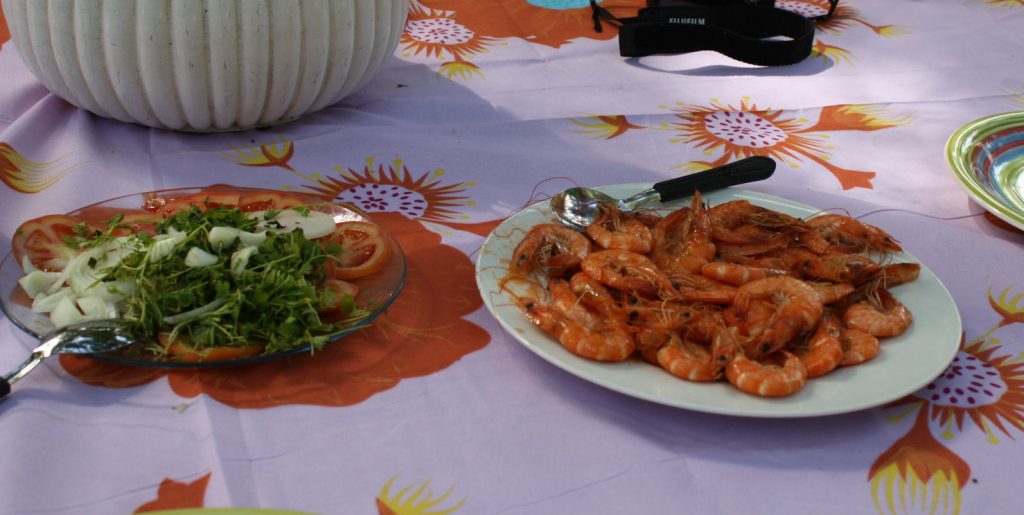
He showed me all the plants near his house that have health or medicinal qualities. I don’t know about that. I have never been much of a believer in natures pharmacopeia. I understand that most of our medicines have precursors in the untamed environment, but the refined forms are more useful and predictable. He looked healthy, however and his explanations were interesting and plausible, as he showed me around his little green domain. One of the trees had a sticky sap that you could use as insect repellent. Another had leaves that were rough and could be used to clean your dishes. There were plants good for digestion and some that didn’t do anything but look pretty. The man certainly had given it a lot of thought, and it sounded really good what he said. But I kept in mind that they call him “the poet” and the “the physician” probably for a reason.
The Poet has a Facebook page and they made a movie about him. I thought it was a little anomalous that he would be pecking away at a computer in the midst of nature. After all, a guy who eats leaves when he has a headache instead of taking aspirin doesn’t seem like the computer nerd type and he isn’t. His daughter, who lives in town does the social media work.
Meeting the Poet made me a happier man. I do not want to emulate his lifestyle. I like to be in the woods, but I also like to eat stuff from the supermarket (i.e. processed foods) and have … all the comforts of my home. I am just not that organic. But I am content that someone can still live Thoreau-like in our modern world. The Poet lives life deliberately. He notices and celebrates the nature around him, yet he also is open to people and rejoicing of humanity. (BTW – Thoreau didn’t really live in the wilderness either. He could walk to his friends’ houses. It was sort of like camping out in Rock Creek Park or Central Park.) They should make a movie about him … I guess they did.
My pictures show the Poet & me. Below is the meal he provided. I understand that many people like shrimp and I was grateful for the bounty & I understand that the Poet or one of his friends actually catch the shrimp.

